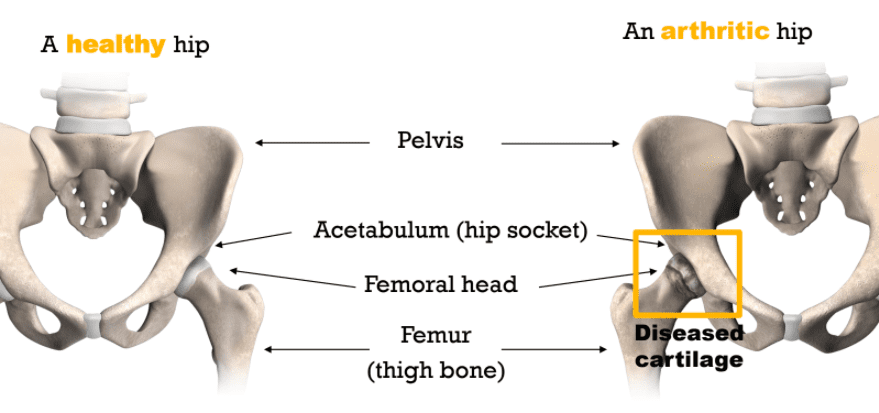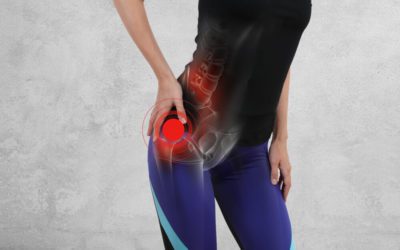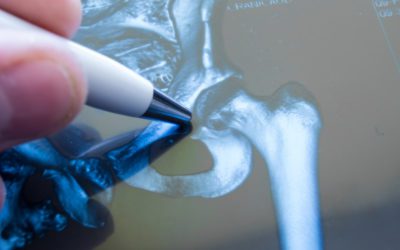Hip Pain & Replacements
Hip Pain & When to Consider Hip Replacements
Your hip joint lies between the thigh bone (femur) and acetabulum of the pelvis and is the largest weight bearing joint throughout your body. The primary function of your hip joint is to support the weight of your body in both static and dynamic movements. Your joints are involved in almost every activity you do throughout everyday life. Movements such as walking, bending, turning, and even standing require use of your hip joints. A diseased or injured hip can limit your ability to perform these movements and can have a drastic impact on your day to day life.
When to Consider Hip Replacements
There are multiple causes for hip pain including but not limited to: osteoarthritis, Rheumatoid Arthritis, Post-Traumatic Arthritis, and joint degeneration. When pain begins to affect your ability to get a good night’s rest, keeps you from doing things you want to do, leads you to becoming less active or affects your ability to walk up stairs, a hip replacement may need to be considered. We recommend conservative treatment options prior to a joint replacement. Some non-surgical treatment options include:
- Altering diet
- Incorporating low impact exercise into your daily routine
- Walking aids – cane or walker to put less pressure on the affected joint.
- Heat or cold therapy.
- Physical therapy
- Medication management to treat pain and stiffness of arthritis. (E.x. NSAIDs & Cortisone injections)
If you would like more information on conservative treatment options, contact Dr. Buzhardt today.
How Does Hip Replacement Work?
Total hip replacement surgery involves the removal of arthritic bone and damaged cartilage. The bone and cartilage is replaced by a hip implant made up of four primary parts: a stem, head, liner and cup. During surgery, the end of the thigh bone (femoral head) is replaced with a metal stem and an artificial ball that is secured to the top of the stem. The hip socket (Acetabulum) is fitted with a metal cup that is lined with a durable plastic (polyethylene).


Mako Robotic-Arm Assisted Technology (MAKOplasty®)
The Mako Robotic Arm Assisted Surgery technology has transformed joint replacement procedures. This system is used by surgeons to perform total hip, partial and total knee replacements. It first became available in June of 2006 and had helped surgeons perform surgical plans more accurately. The Mako System helps surgeons provide patients with a more personalized surgical experience. It also protects soft tissues and ligaments allowing for a quicker recovery and typically lower pain than conventional joint replacements.
Understanding Hip Flexor Strains: Symptoms and Treatments
A common complaint amongst runners, athletes, and other physically active patients is a pain in their hip flexor. The hip flexor is the group of muscles that allow us to bend at the waist and lift our knees. Though they are amongst some of the strongest muscles in our...
Hip Replacements – What to Expect and How to Prepare
If you're scheduled for hip replacement surgery, you might be feeling anxious and nervous, maybe even scared. This is normal. The key is to be prepared in advance so that you know what to expect throughout the process. Your medical team will come up with a treatment...
What Stretches Are the Most Joint Friendly for My Knee
As we all know, exercising is beneficial to leading a healthier lifestyle, especially as we age. Having a healthier body can help to prevent specific medical issues and injuries. That is why developing a well-rounded exercise plan from warmups, cool-downs through to...




